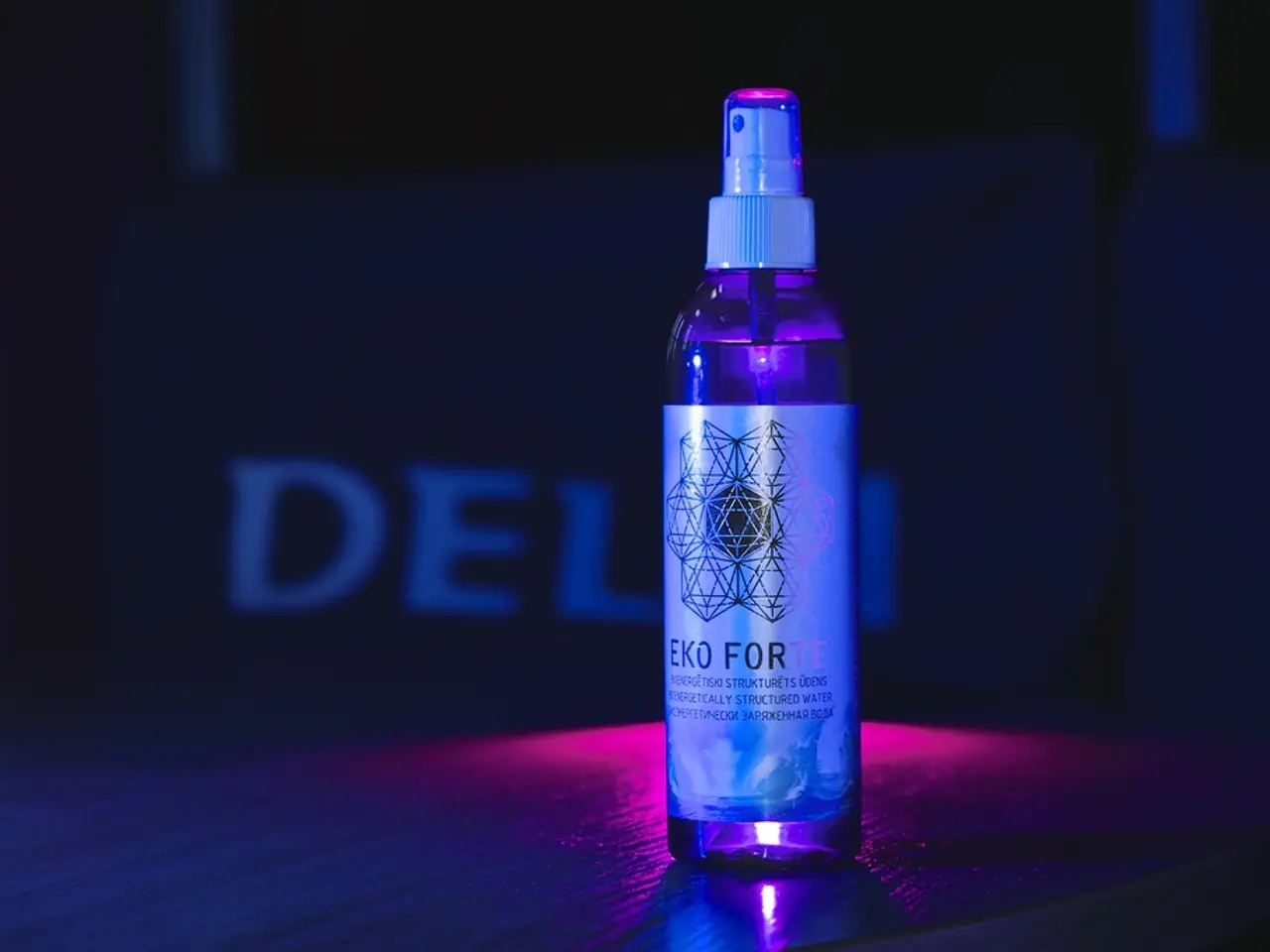Is Salicylic Acid Safe for Delicate Skins?
Using Salicylic Acid Safely on Sensitive Skin
Salicylic acid, a beta hydroxy acid (BHA) widely used in skincare for its exfoliating properties, can be beneficial for sensitive skin when used appropriately. Here's a guide on how to incorporate salicylic acid into your skincare routine safely.
Firstly, it's essential to start with low concentrations (0.5–1%) to allow the skin to build tolerance gradually. Salicylic acid can be found in various products like cleansers, toners, and spot treatments.
Next, use salicylic acid as a spot treatment on acne or as a preventative measure to keep pores clear and reduce breakouts. Apply it on clean, dry skin, avoiding broken or inflamed areas to prevent irritation.
To minimize risks of irritation, sensitive skin users should limit the frequency of use initially, for example, starting with a few times a week and adjusting according to skin response. It's also advisable to avoid combining salicylic acid with other exfoliants like AHAs or BHAs simultaneously.
Because salicylic acid can increase photosensitivity, always follow with a broad-spectrum sunscreen of at least SPF 30 during the day. People with very sensitive skin, eczema, or rosacea should be especially cautious or consult a dermatologist before using products with salicylic acid.
Salicylic acid works by gently exfoliating the inner walls of pores, helping to clear out impurities and reduce blockages that cause blackheads, whiteheads, and other forms of acne. Lactic acid, a milder exfoliant, can also be used to remove dead skin cells, improve texture, and promote a more radiant complexion.
To soothe and protect the skin, consider combining salicylic acid with calming and hydrating ingredients such as aloe vera, chamomile, niacinamide, or hyaluronic acid. Ceramides can also help restore and strengthen the skin's natural barrier, preventing moisture loss and reducing irritation.
Remember, it's important to listen to your skin and reduce frequency or discontinue use if persistent redness, burning, or discomfort occurs. Aloe vera can mitigate any irritation caused by salicylic acid and help cool and soothe the skin.
For those with oily skin, salicylic acid can help regulate oil production, reducing the likelihood of clogged pores and breakouts. Regular use can help maintain overall skin clarity by keeping pores clean and preventing the build-up of dead skin cells, contributing to a more even skin tone and texture.
Lastly, always perform patch tests before fully integrating a new salicylic acid product. Mandelic acid, with larger molecules, penetrates the skin more slowly, reducing the likelihood of irritation. It's also advisable to avoid combining salicylic acid with other strong active ingredients like retinoids or glycolic acid initially.
In summary, salicylic acid can be a safe and effective choice for sensitive skin when used appropriately, with careful introduction, sun protection, and the right combination of ingredients. Consult a dermatologist for personalized guidance and product recommendations.
- Sensitive skin individuals should start with low concentrations (0.5–1%) of salicylic acid in their skincare routine to allow gradual tolerance build-up.
- Salicylic acid can be incorporated as a spot treatment on acne or for preventative measures to keep pores clear and reduce breakouts.
- Apply salicylic acid on clean, dry skin, avoiding broken or inflamed areas to prevent irritation.
- To minimize risks of irritation, limit the frequency of use, and avoid combining salicylic acid with other exfoliants like AHAs or BHAs simultaneously.
- Because salicylic acid can increase photosensitivity, always follow with a broad-spectrum sunscreen of at least SPF 30 during the day.
- Soothe and protect the skin by combining salicylic acid with calming and hydrating ingredients such as aloe vera, niacinamide, or hyaluronic acid.
- Ceramides can help restore and strengthen the skin's natural barrier, preventing moisture loss and reducing irritation.
- Reduce frequency or discontinue use if persistent redness, burning, or discomfort occurs, and aloe vera can mitigate any irritation caused by salicylic acid.
- Oily skin can benefit from salicylic acid, as it helps regulate oil production and prevents the likelihood of clogged pores and breakouts.
- Always perform patch tests before fully integrating a new salicylic acid product, and avoid combining it with other strong active ingredients like retinoids or glycolic acid initially.




